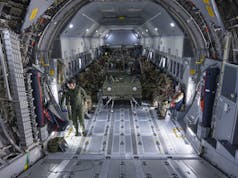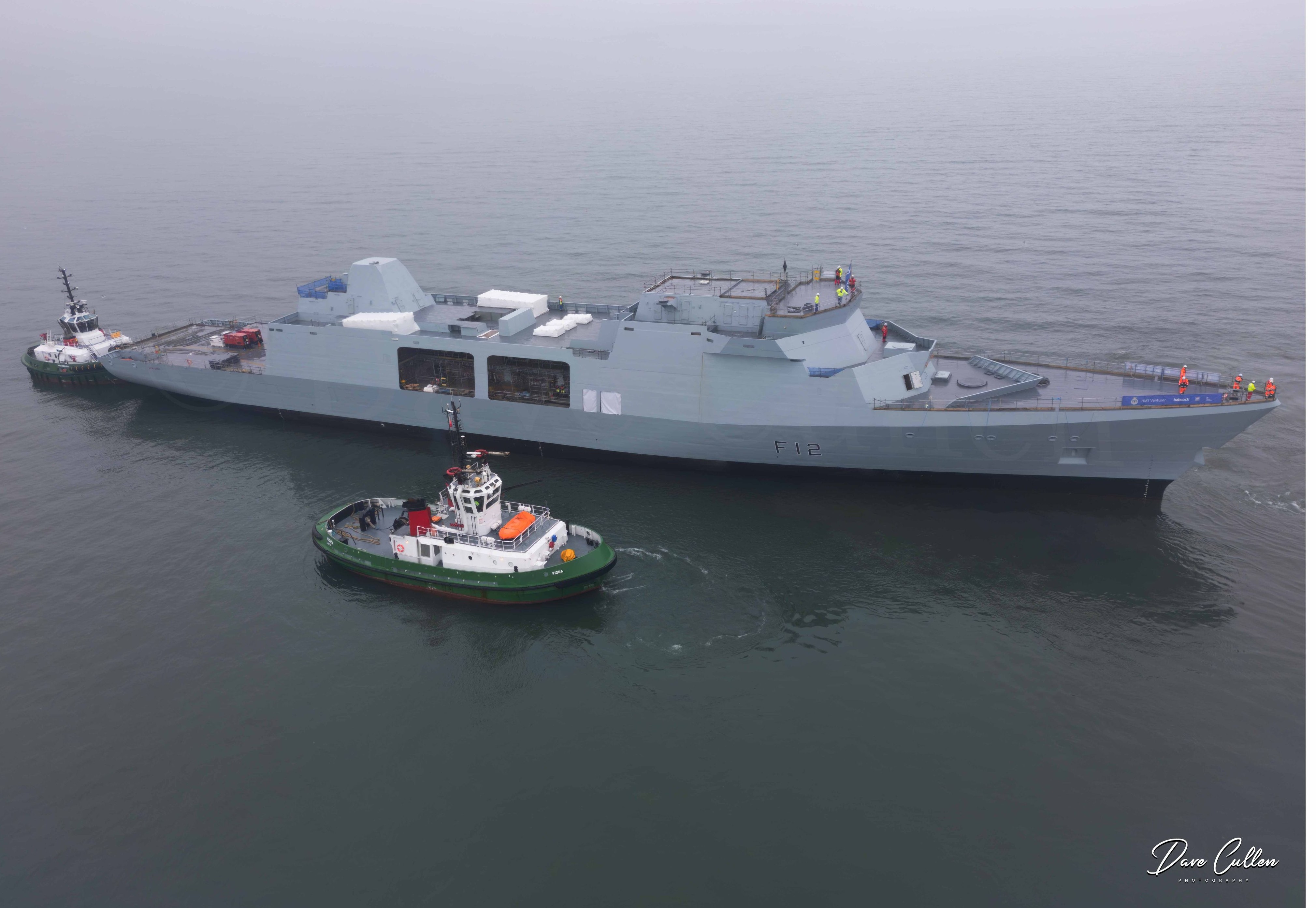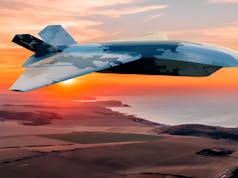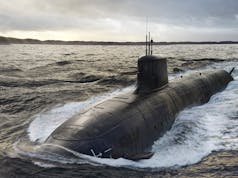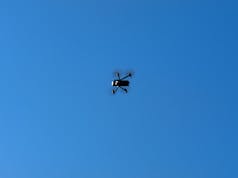Watch as a Merlin helicopter becomes the first aircraft to land on HMS Queen Elizabeth.
The Royal Navy have announced the first in a series of aviation milestones for the supercarrier. According to the Royal Navy it fell to 26-year-old pilot Lieutenant Luke Wraith from Yorkshire to set the 14-tonne helicopter safely down on the aircraft carrier.
Lt Wraith, of 820 Naval Air Squadron said:
“I was pretty nervous – not about making a safe landing, but knowing that every other pilot in the Navy would watch the footage and critique it.
I’m actually quite surprised it ended up being me because I only got my flying wings 18 months ago – I was expecting it to be someone much more senior.”
Also observing was Captain Jerry Kyd, Queen Elizabeth’s first Commanding Officer. He said:
“It’s an exciting and historic event which marks the beginning of the ship’s life as the nation’s flagship and the future of carrier-based aviation. It’s been a demanding but proud and exciting week for us, the ship is bustling with activity and it’s been fantastic to see this extend now to the flight deck just four days after sailing.”
The term now used for the carriers embarked squadrons is ‘Carrier Air Wing’ (CVW), the previously used Tailored Air Group (TAG) has fallen out of official use. The vessels are capable of deploying a variety of aircraft in large numbers, up to a maximum in the upper fifties in surge conditions.
Captain Jerry Kyd, commander of HMS Queen Elizabeth, commented on the initial deployment and the gradual increase in air wing numbers:
“We are constrained by the F-35 buy rate even though that was accelerated in SDSR in 2015, so initial operating capability numbers in 2020 are going to be very modest indeed.
We will flesh it out with helicopters, and a lot depends on how many USMC F-35s come on our first deployment in 2021. But by 2023, we are committed to 24 UK jets onboard, and after that it’s too far away to say.”
In addition to the joint force of Royal Air Force and Royal Navy F-35Bs and their pilots, the air wing is expected to be composed of a ‘Maritime Force Protection’ package of nine anti-submarine Merlin HM2 and four or five Merlin for airborne early warning; alternatively a ‘Littoral Manoeuvre’ package could include a mix of RAF Chinooks, Army Apaches, Merlin HC4 and Wildcat HM2. We understand that vessel would still carry at least one F-35 squadron aboard in such circumstances to offer air defence as well as support to the helicopter assault activities.
The Crowsnest AEW&C aircraft will come from a number of the embarked Merlins (any of which can be fitted with the sensor package), the number again scaling with requirements.
Around the time the first carrier deploys operationally, the UK will have 42 F-35 aircraft, with 24 being front-line fighters and the remaining 18 will be used for training (at least 5 on the OCU), be in reserve or in maintenance.
Recently, the Ministry of Defence confirmed plans for the deployment of American F-35 aircraft alongside British jets aboard HMS Queen Elizabeth.
The addition of US Marine Corps aircraft will see HMS Queen Elizabeth sail with 24 or so F-35Bs in addition to around 14 or so helicopters for her maiden deployment. It is understood that the US aircraft will augment British jets on coalition operations.
We understand that the composition of the CVW is a balance between ship capacity and squadron availability. Squadrons assigned or ‘programmed’ to sail on deployment will mostly in the case of the aircraft carrier be unique to it, for example the airborne early warning helicopters that have no other purpose but to serve the carrier force.
In addition, we have also been told by a senior source that we will shortly see decisions like this for the F-35B and “maybe a utility helicopter (or tilt-rotor in future) type”.
We discussed this with retired Air Marshal Greg Bagwell who referred to the idea of set numbers being assigned so far in advance he said:
“There is absolutely no need to fix a flexible capability so far in advance – it hems politicians in unnecessarily.”
Another source we spoke to, currently flying the jet, explained to us that the vessels will deploy with the number and type of aircraft required for a specific deployments:
“Where F-35B is based is entirely down to the most suitable basing option for the tasks/missions is being sent to do. If that’s a well-founded host nation base, great; if it’s the Carrier, great; if it’s an austere location, fine.
Range, logistics and other ‘enablers’ such as AAR and connectivity will determine what’s the best option.”
The Queen Elizabeth class mark a change from expressing carrier power in terms of number of aircraft carried, to the number of sortie’s that can be generated from the deck. The class are not the largest class of carrier in the world but they are most likely the smallest and least expensive carrier the Royal Navy could build which still have the advantages that large carriers offer.





